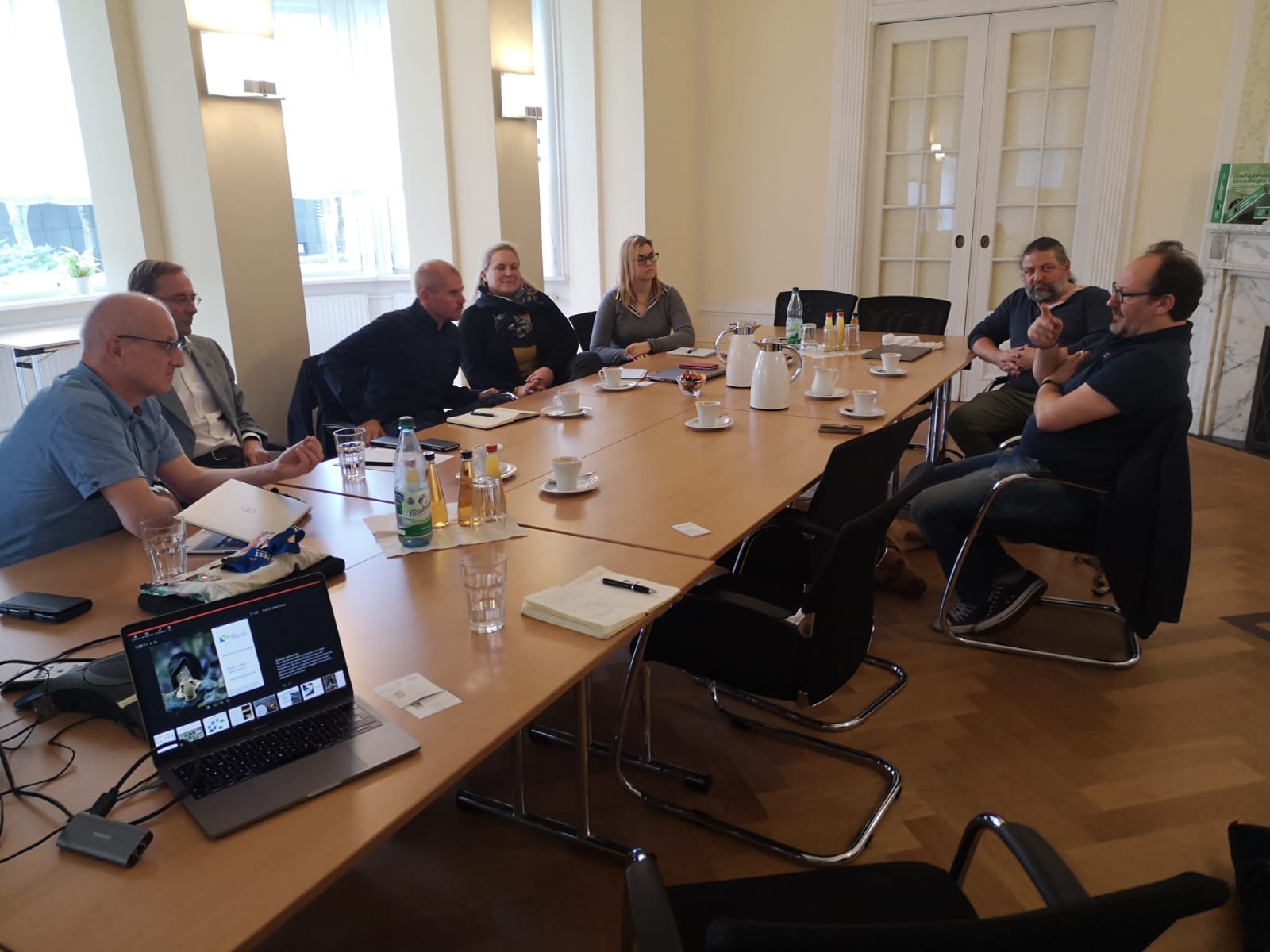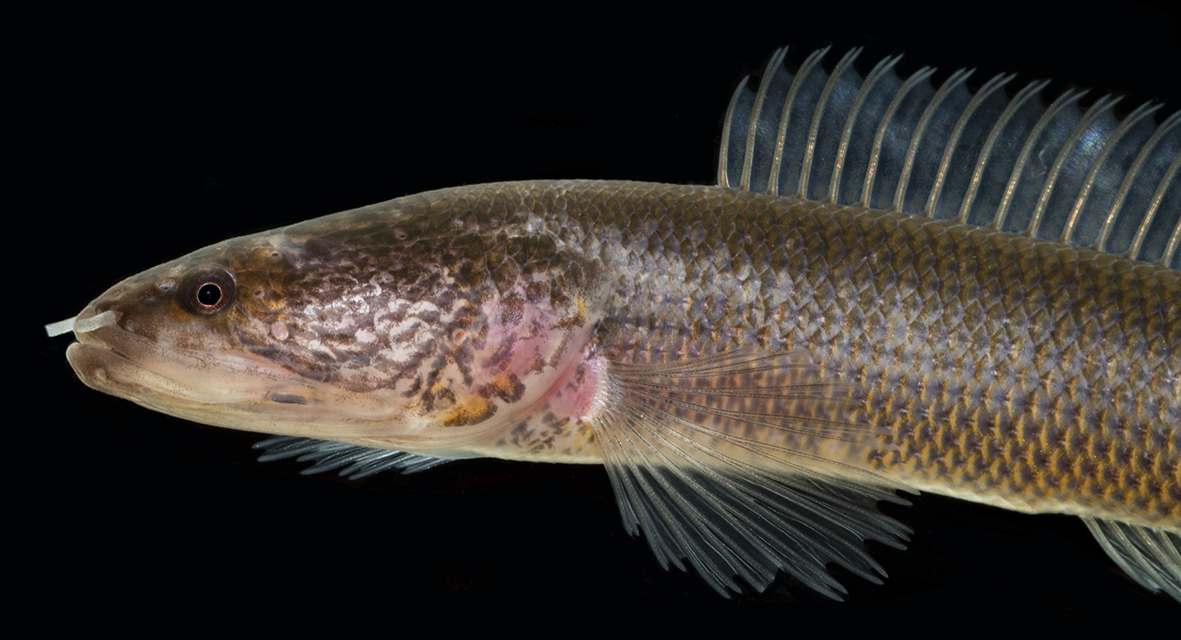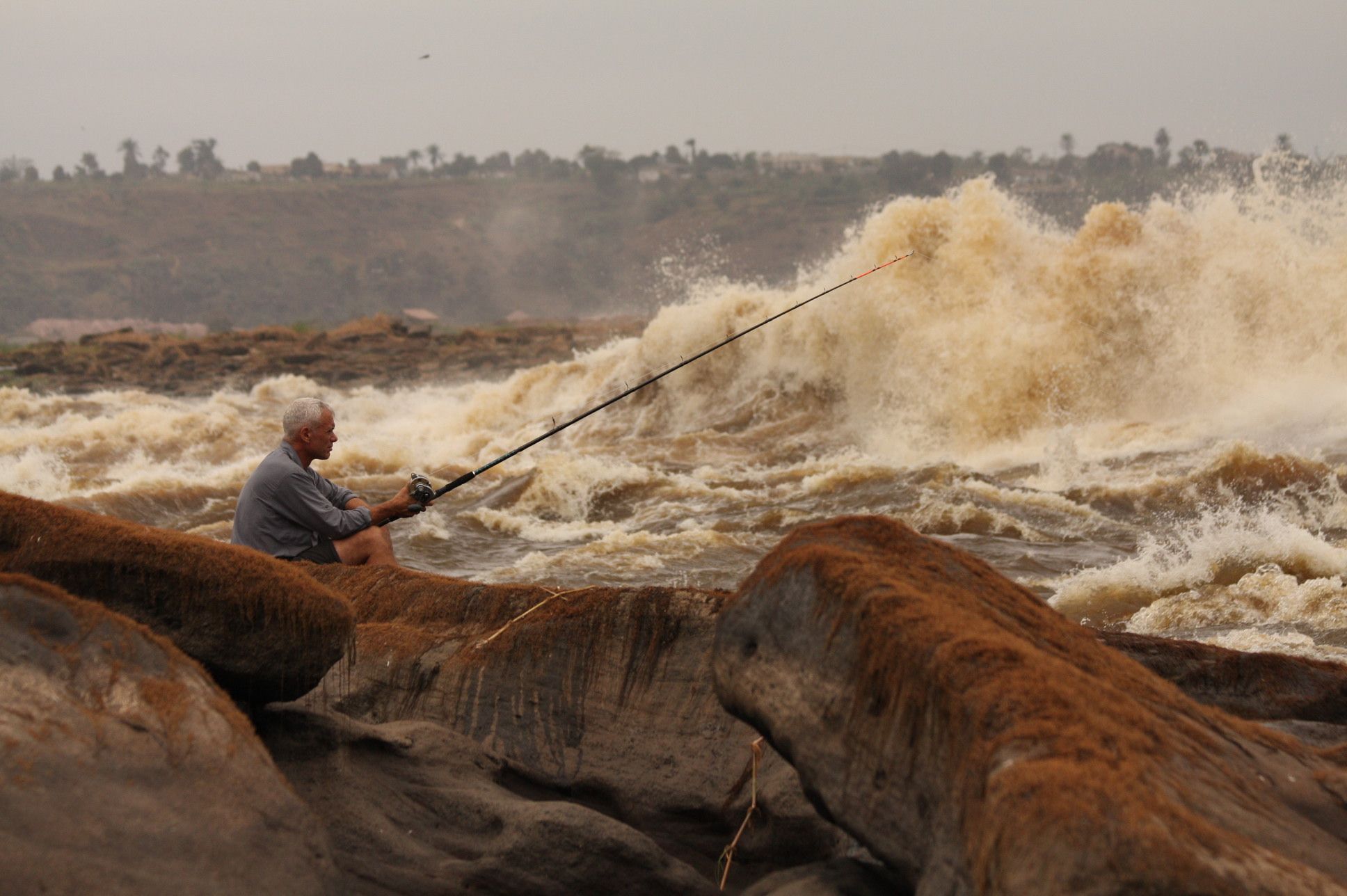Starting Shoal in Germany
In October, I was invited to be a keynote speaker at the WWF European Freshwater Practice meeting in Berlin. While I was there, I also had a number of meetings aimed to help take Shoal forward in Germany. We are keen to establish a base in Germany to be able to work with companies and hobbyists in Germany and the rest of the European Union.



